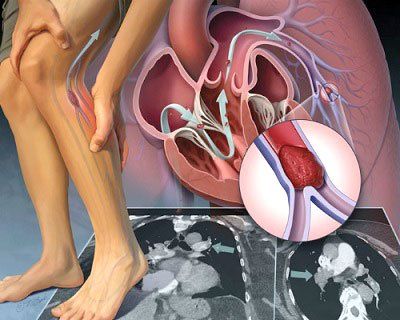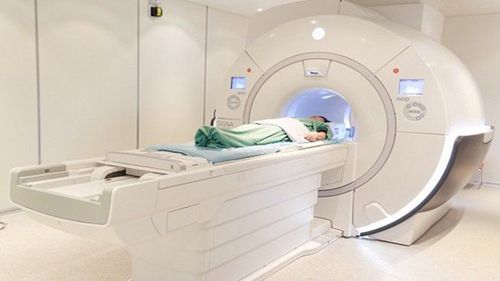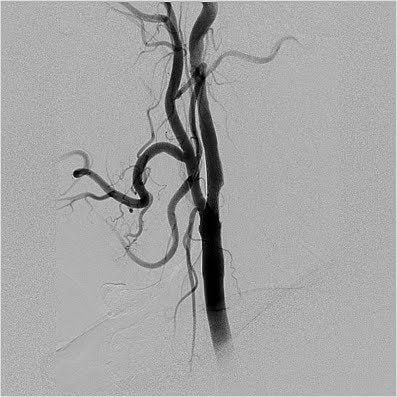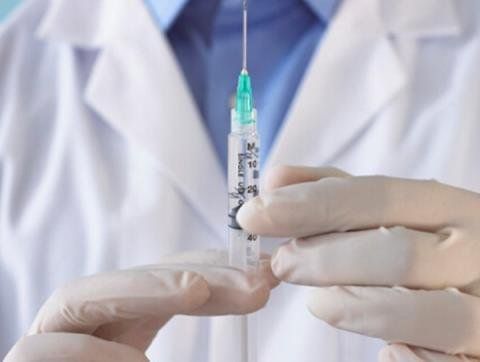This is an automatically translated article.
The article is professionally consulted by Master, Resident Doctor Nguyen Van Anh - Radiologist - Department of Diagnostic Imaging and Nuclear Medicine - Vinmec Times City International General Hospital.Magnetic resonance (MRI) of the upper extremities artery is a modern examination method, with non-invasive advantages, providing accurate information on the morphology and structure of the limb vascular system, making an important contribution to the classification of the upper extremities. and treatment orientation.
1. What is an MRI of the arteries of the upper extremities?
The superior extremity artery originates from the subclavian artery all the way up to the palmar arches. Includes: axillary artery, brachial artery, forearm artery, palmar artery.MRI angiography can be performed using two techniques with or without the use of contrast agents. For non-contrast angiography, the blood flow signal is encoded, analyzed, and reconstructed into a vascular network. Helps to evaluate the morphology, aperture as well as characteristics of blood vessels, thereby detecting abnormalities if any.
However, contrast agents may be indicated in some cases for more detailed evaluation, or for information on tissue perfusion.
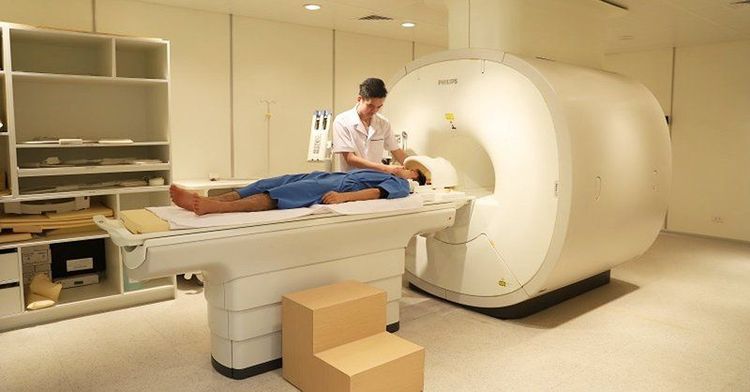
Chụp MRI cho phép chẩn đoán hình atnh rõ ràng các bệnh lý về động mạch chi trên
2. Advantages of upper extremity artery MRI
● Unlimited survey plane.● Images carry accurate and fast information.
Non-invasive diagnosis, high safety.
● No X-rays are used, so there is no risk of radiation exposure.
● Do not use contrast agents, there is no risk of allergies or kidney failure, toxicity caused by contrast agents.
3. Indications and contraindications
Indications:Upper extremity artery disease: stenosis, occlusion, atherosclerosis, aneurysm, dissection, dysplasia, dysplasia or arterial malformation....
● Follow-up after treatment, after surgery.
Some other special designations.
Contraindications
Pace-marker
Having any metal implant in the body (brain aneurysm clamp, shrapnel, prosthetic body, cochlear implant, hearing aid, electric syringes, and many other metal/magnetic materials).
● History of allergies to drugs or foods.
● Are or may be pregnant.
● History of kidney failure, sickle cell anemia...
● People with serious illnesses need resuscitation equipment on their side.

Bệnh nhân mắc xơ vữa động mạch chi trên được chỉ định chụp MRI
4. Procedure for MRI of the arteries of the upper extremities without injecting magnetic contrast
4.1 Preparation for the procedure
On the side of the patient:● Be explained in advance about the imaging procedure to coordinate well with the doctor.
● No need to fast.
● A copy of the request from a clinician, with a clear diagnosis or complete medical record (if necessary).
● Check for contraindications.
● Change into specialized clothes of the magnetic resonance imaging room according to instructions, remove contraindicated items.

Bệnh nhân không cần nhịn ăn trước khi chụp MRI
4.2 Implementation Procedure
The entire upper extremity artery MRI takes about 30 minutes in turn, following these steps:Patient position:
● The patient is instructed to lie supine on the imaging table.
● Select and position the full body coil.
Wear a noise-cancelling headset for the patient (if necessary).
Imaging technique
Locating pulse sequences helps to evaluate morphology and function in 3 aspects.
Capture pulse sequence NATIVE (Siemens), TRACE (Phillips).
Multi-plane reconstruction (MPR) and 3-dimensional space (VRT).
Note: Because no contrast agent is injected during the scan, there is no risk of an allergic reaction (urticaria, rash, nausea, anaphylaxis...) like other cases. .
● The technician processes the captured images, prints the film, and transfers the images and data to the doctor's workstation.
● The doctor analyzes the damage (if any) and makes a diagnosis.
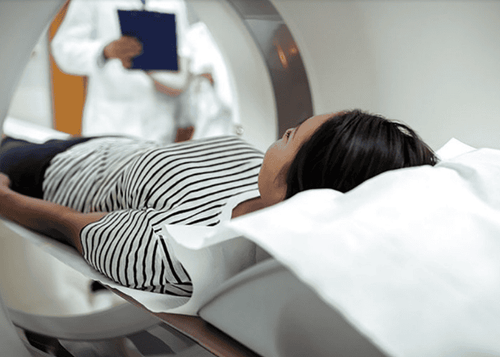
Bệnh nhân khi chụp MRI sẽ được hướng dẫn nằm ngửa trên bàn chụp
Vinmec International General Hospital is a high-quality medical facility in Vietnam with a team of highly qualified medical professionals, well-trained, domestic and foreign, and experienced.
Master, Resident Doctor Nguyen Van Anh graduated as a Resident Doctor in Diagnostic Imaging at Hanoi Medical University and attended training in Teaching and Scientific Research Competency at the University General Sydney, Australia, internship at Concord Hospital Radiology Department, Sydney, Australia. Dr. Van Anh has strengths in magnetic resonance imaging, computed tomography, X-ray, ultrasound; specialized in musculoskeletal imaging; tumor biopsies (bone, lung, liver...) under the guidance of computed tomography and ultrasound; aspiration cytology (lymph nodes, thyroid, breast,...); Drain the abscesses under ultrasound guidance.
To register for an examination at Vinmec International General Hospital, you can contact the nationwide Vinmec Health System Hotline, or register online HERE.






